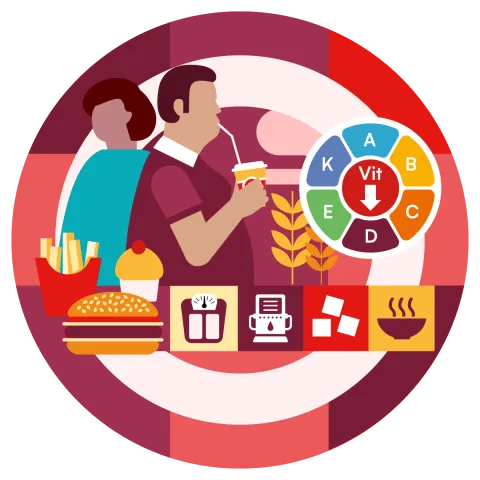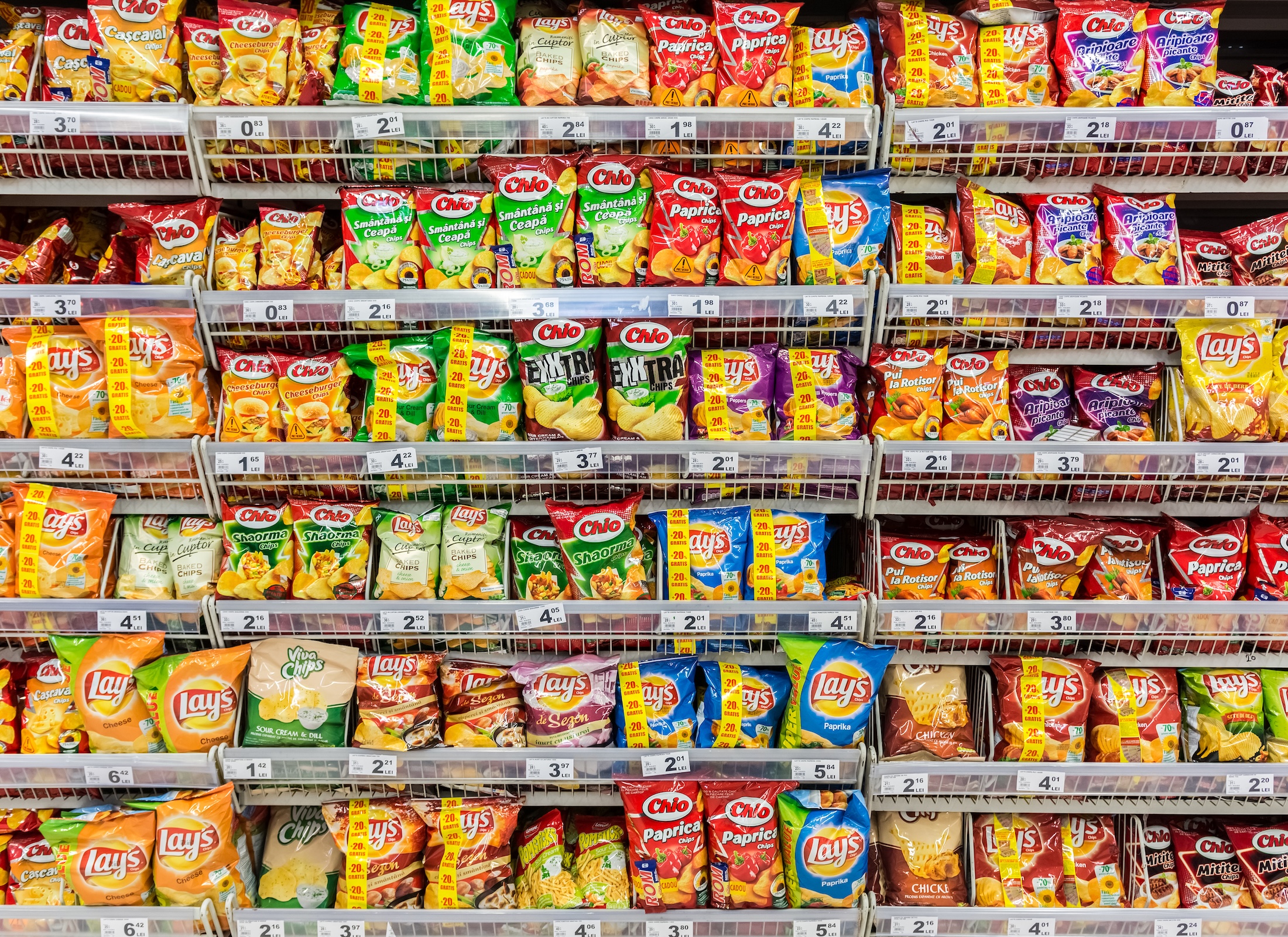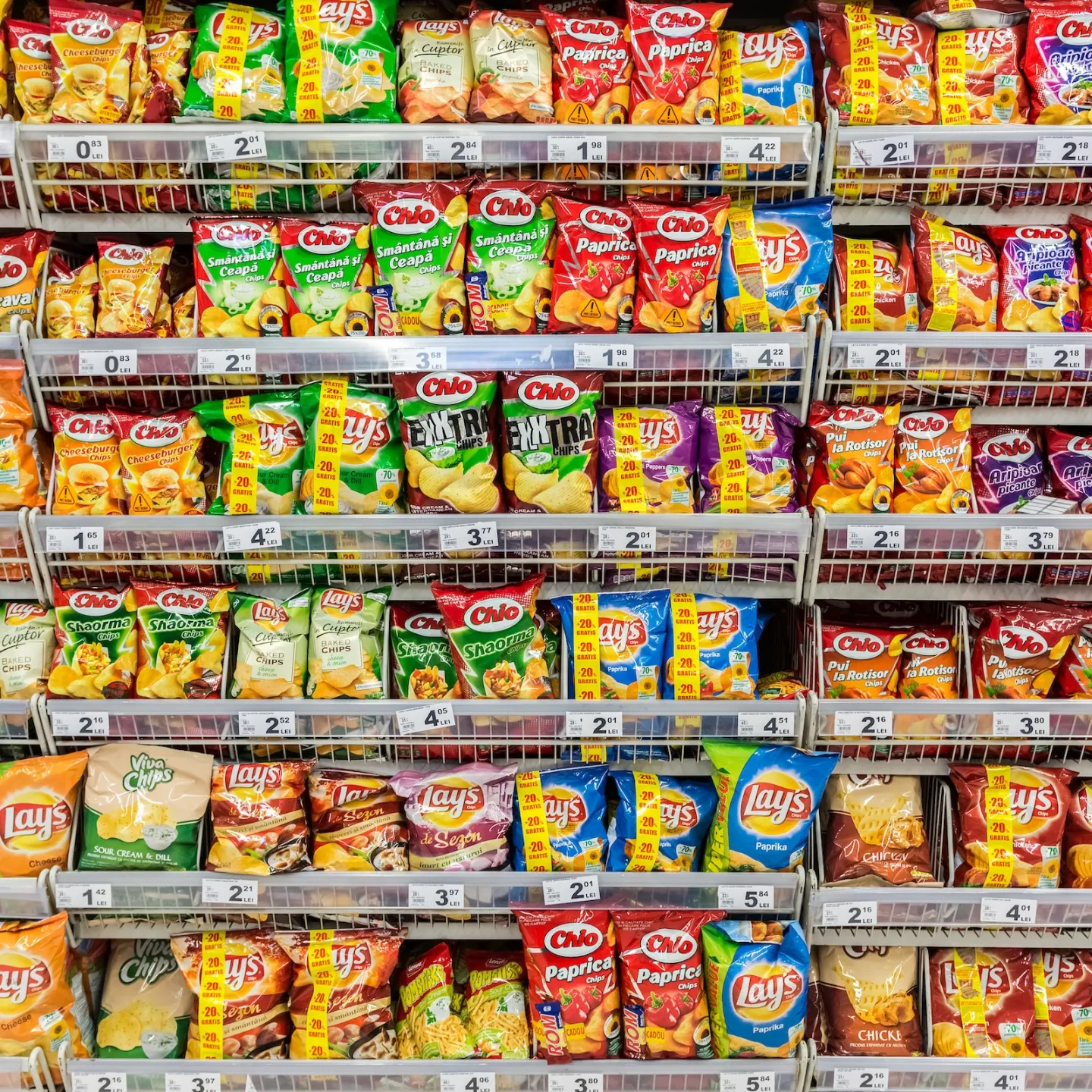What is the problem with unhealthy diets?
In recent decades, there has been a dramatic shift in the way the world eats, drinks, and moves. Globalisation and urbanisation have paved the way for a rise in convenience food and drinks, junk food, and eating out, with fewer people growing and preparing their own food. At the same time, the global prevalence of diet-related NCDs such as type 2 diabetes, cardiovascular diseases and stroke, hypertension, and cancer are increasing.
A person’s ability to eat a healthy diet is often not within their control – it is influenced by the food environment where they live, early life nutrition, income, and accessibility of healthy foods. Ultra-processed foods have a long shelf life, making them appealing to both supermarkets and consumers. Aggressive marketing by the ultra-processed food industry – especially towards children – makes it even more challenging to access a healthy diet. Supportive environments and communities are fundamental in shaping people’s dietary habits and preferences, and policymakers have a key role to play in creating such environments.










